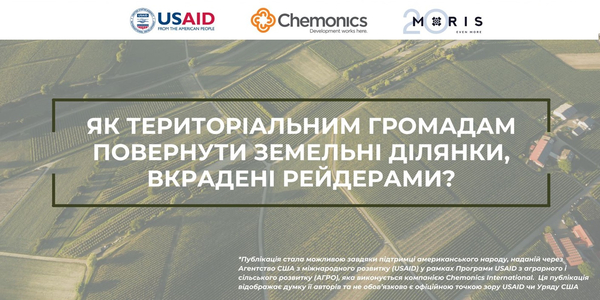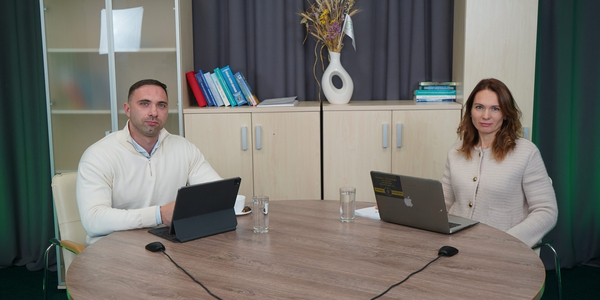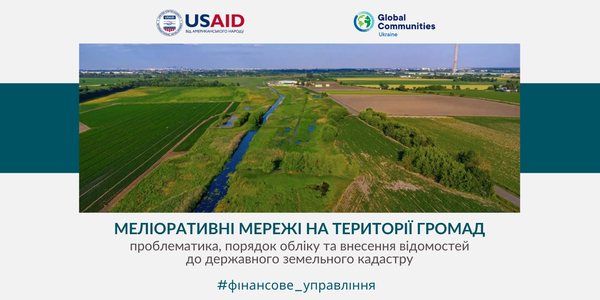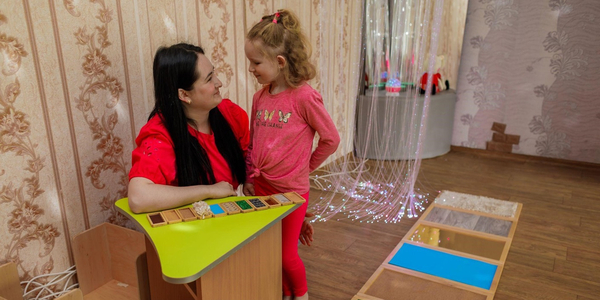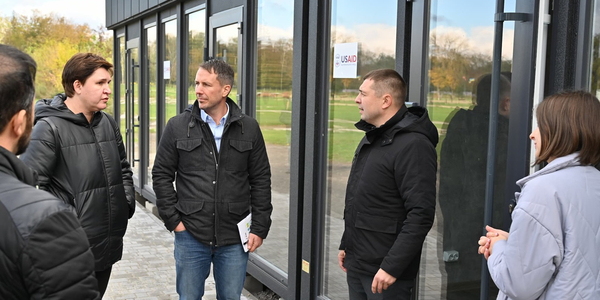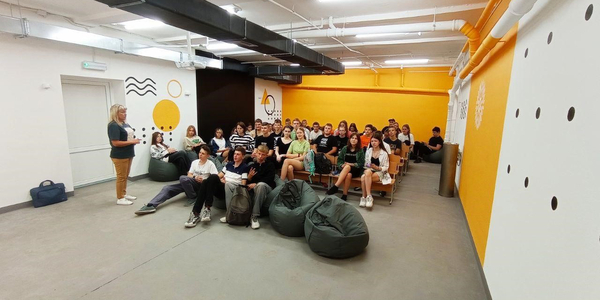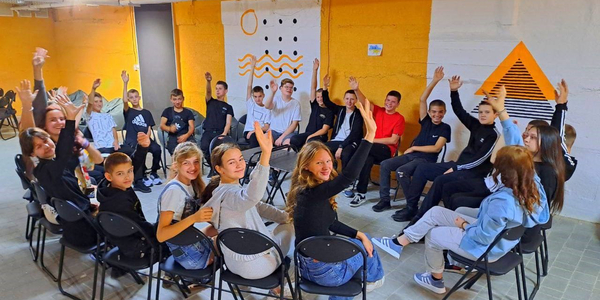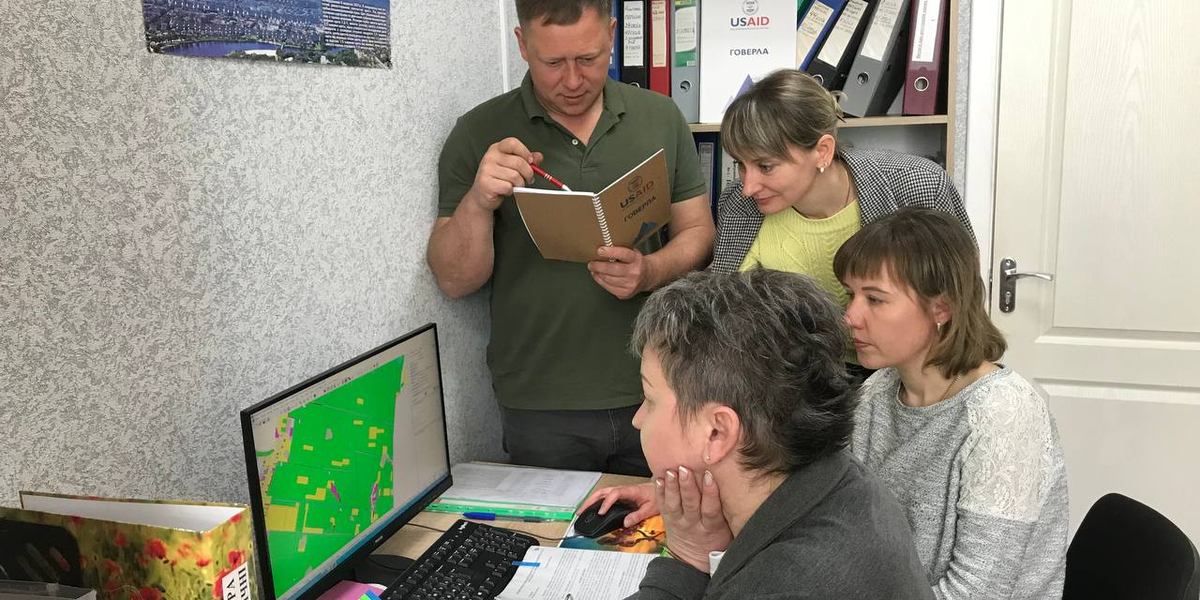
In 2023, the Myrhorod community in Poltava Oblast conducted an audit of its land fund and created a community land map. This audit was motivated by the need for comprehensive information on property rights, including the duration of land use rights. By organizing the community's land bank, Myrhorod has increased its revenue from land taxation. As a result of the audit, an additional UAH 1.5 million have been added to the city budget, representing 3.2 percents of the total community’s revenue.
“Land audit allows us to control plowed land and bring land leases out of the shadows. The community becomes protected from unauthorized occupation of agricultural land. All of this will lead to a significant increase in community budget revenues in the long run,” says Serhii Solomakha, Mayor of the Myrhorod community.
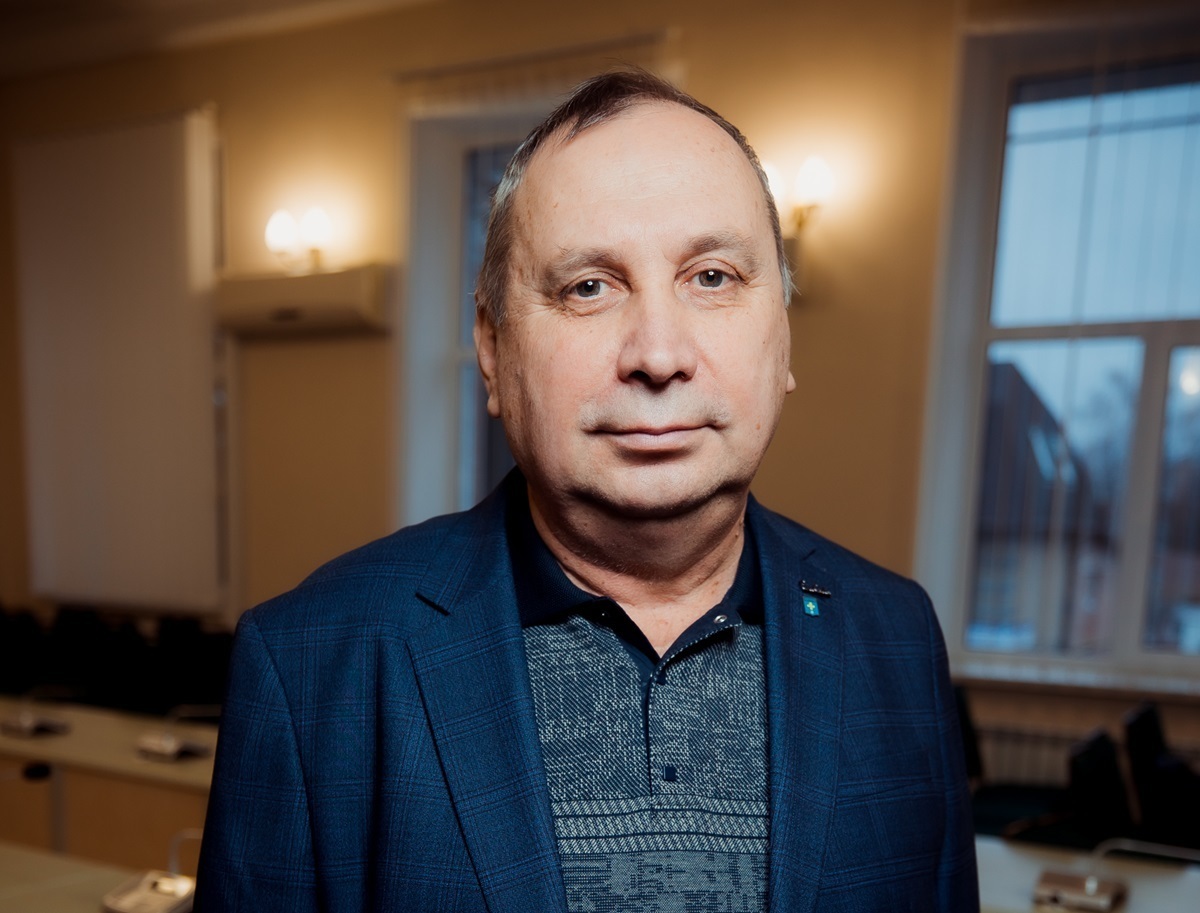
Serhii Solomakha, Mayor of the Myrhorod community
Myrhorod's land audit was intended to determine the state of land use, identify landowners and users, and pinpoint areas for rational land use. The audit allowed the community to identify, organize information, and categorize its land assets: subordinate plots, leased plots, squatted plots, plots unlawfully cultivated by agricultural producers, and plots of state and municipal property.
“Land audit is a complex process as its effectiveness impacts not only budget revenues but also cooperation with agricultural producers and local businesses,” says Serhiy Shvaika, Deputy Mayor and Head of the Municipal Resources Department of the Myrhorod community.
As a result of the audit, the community collected information on more than 34,000 land plots covering an area of almost 50,000 hectares, of which 27,000 are leased. This allowed the community to increase the registered areas used by agricultural producers. The audit also revealed several violations of land use rules that negatively affect the environment and sustainable development of the community. Additionally, there were instances of unauthorized land use and cultivation that denied the local government of its rightful revenues.
In response to these violations, the community took several measures, including land auctions, executing lease agreements, and filing claims and lawsuits against errant land users. These actions increased Myrhorod’s revenues.
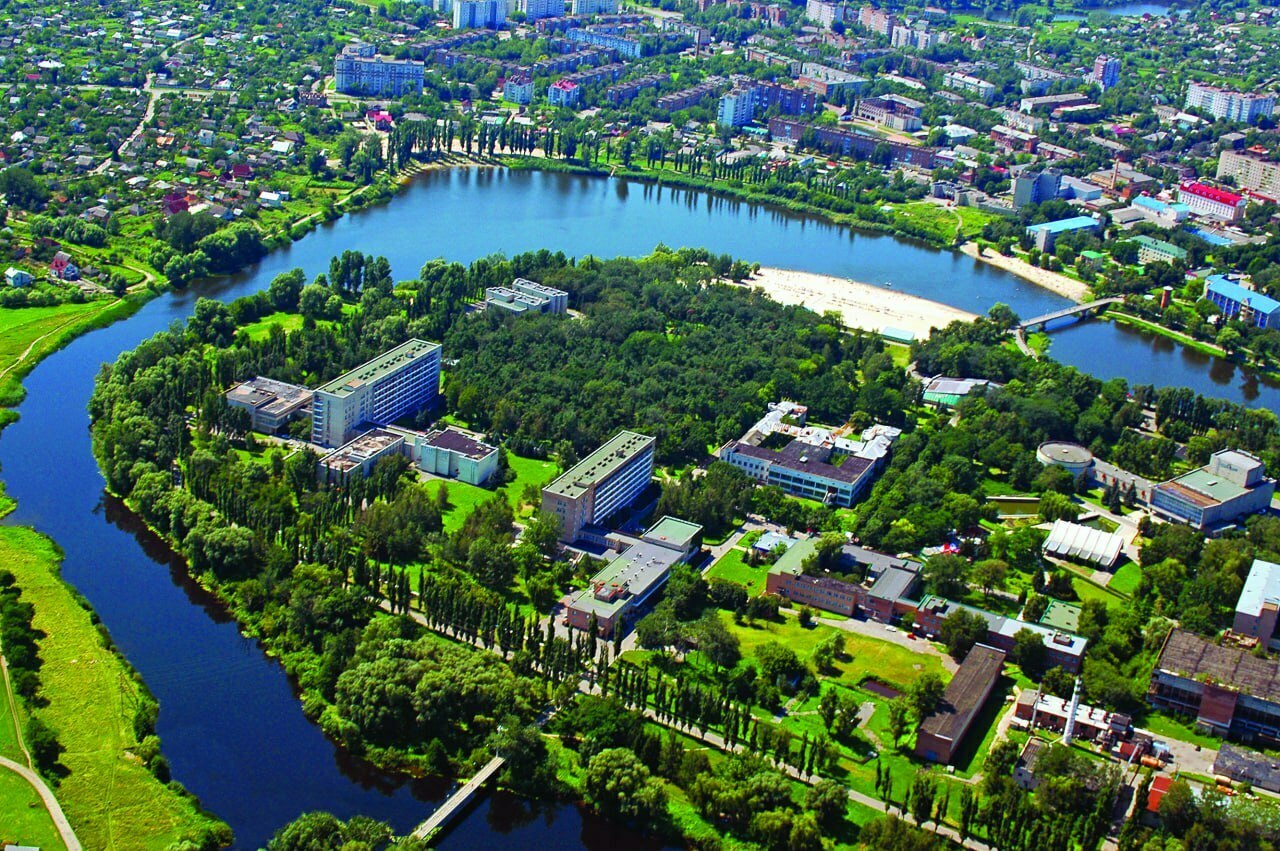
Myrhorod continues its work to organize the land bank. Currently, it is preparing for further land auctions and plans to develop land management documentation for 44 land plots, which will further increase future revenues. The USAID HOVERLA Activity experts provided professional advisory support in conducting the audit, including working with “model acts” and conducting seminars on asset management.
However, the land audit is not the only resource management tool that Myrhorod has effectively used. In just one year, the Myrhorod community has earned almost UAH 2 million by recovering, with the support of USAID HOVERLA Activity experts, unjustifiably retained funds from the owners of 21 land plots who have not signed a land lease agreement or have not paid it.
“We are just at the beginning; we are still working. We check each land plot for the presence of the owner, tenant, or user. We correct technical errors and document new land plots as we update the land bank register,” says Serhiy Shvaika, describing the plan of the Myrhorod community team.
A land audit can reveal gaps and opportunities for further community development. The USAID HOVERLA Activity commends the Myrhorod community's efforts to systematize, streamline, and improve the qualitative management of its assets and land resources, and considers this a Best Practice.
